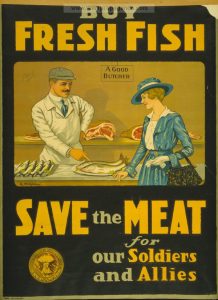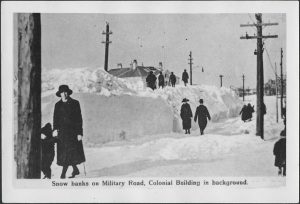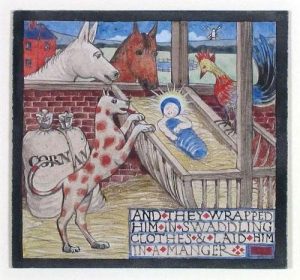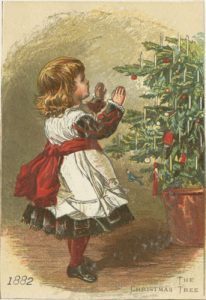ARCHIVAL MOMENT
February 2, 1871
Some of the best insights into the history of families and communities in this province can be garnered from the pages of the hundreds of diaries that have been deposited into archives in the province. In the diaries of Edward Morris, Mr. Morris observed on February 2, 1871.
“Fine morning, light frost, wind from the north, north west. Streets frozen again but no cold such as we have had. The day fine enough but the walking very rough. Attended at the Cathedral in the morning at the ceremonies of Candlemas Day ….”
February 2 is “Candlemas” Day.
The ceremony of Candlemas Day, a ritual celebrated throughout the Christian world that Mr. Morris observed was the blessing of the annual supply of the Church’s candles. Beeswax candles were blessed by being sprinkled with holy water and having incense swung around them, and then the candles distributed to everyone in the church. Then there was a procession in which people carried lighted candles while the choir sang. The procession represents the entry of Jesus as light of the world into the temple.
In Newfoundland there is an established tradition that on this day a blessed candle would be lit and the mother of the household would bless the children in the home with the candle. The wax was allowed to drip on the head (hat) and shoulders and on the shoes of the children.
Every fishing boat would also have a blessed candle. These candles would be taken out and lit during a gale or storm.
WINTER IS HALF OVER
This day also used to have great significance on the calendar, because the date lies half way between the winter solstice and the spring equinox, so it marks the day upon which winter is half over! As Candlemas traditions evolved, many people embraced the legend that if the sun shone on the second day of February, an animal would see its shadow and there would be at least six more weeks of winter.
You may know the rhyme:
If Candlemas day be sunny and bright,Winter again will show its might. If Candlemas day be cloudy and grey, Winter soon will pass away. (Fox version)
If Candlemas day be fair and bright, Winter will have another flight. If Candlemas day be shower and rain, Winter is gone and will not come again. (Traditional)
“If Candlemas Day is gloomy & Glum the worst of winter is left to come.
If Candlemas day is fair & fine the worst of winter is left behind.”
In Branch, St. Mary’s Bay an expression that is particular to Candlemas Day was the expression:
Half your prog and half your hay,
Eat your supper by the light of the day.
The expression calls on families, now that we are half way through winter, to take stock of their (prog) food supplies in their root cellars and feed for the animals (hay). Just to insure that there is enough to get you through the rest of the winter.
It is amusing that our issues back on February 2, 1871 are much the same. Morris when writing in his diary about Candlemas – he also wrote: “The day fine enough but the walking very rough.”
To this very day people still comment that walking about St. John’s is very rough.
INVITATION
Please join the board of the Victoria Park Foundation on Saturday, February 9, 2019 from 4pm -6pm with our honorary Chair Mark Critch for an evening of sledding in the historic Victoria Park.
Recommended Archival Collection: Edward Morris Diaries 1851-1887. Edward Morris was a businessman, politician, and office-holder; born in 1813 at Waterford (Republic of Ireland). He moved to St John’s, Newfoundland in 1832. On January 1, 1851 he began to keep a daily diary that he continued until his death on 3 April 1887.


















